Human activities are fuelling the fire of climate change!
Whether it’s caused by us, or exacerbated by our actions, climate change is real and it’s one of the biggest threats to ecosystems and species on earth!
Climbing global temperatures are changing weather patterns, resulting in more frequent, adverse events, such as droughts and wildfires [figure 1](Campbell et al, 2014). The scale of such environmental disturbances can be influential in determining the composition and structure of biological communities (Campbell et al, 2014).
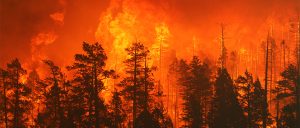
A community is an assemblage of organisms of differing species that inhabit the same geographical area (Campbell et al, 2014).
Wildfires destroy communities that aren’t adapted to such large-scale environmental changes (Campbell et al, 2014). Although they do occur naturally, rapid land-use change, El Niño events and droughts are extending the wildfire season, intensifying the impacts in tropical environments (Campbell et al, 2014).
Fires negatively affect the biodiversity of tropical forests as they destroy the climax community; following the fire, generalist and broadly-distributed species are selected for because these pioneer species can tolerate the harsh, burnt conditions (Campbell et al, 2014). This, coupled with the increased penetration of sunlight to the forest floor, means that they dominate the under-storey, reducing the species diversity of the growing vegetation (Cochrane et al, 1999).
Furthermore, fires reduce the abundance of flowering and fruiting trees; this deters animal species which would usually be attracted to such flora from re-inhabiting the area, thus, seeds are not dispersed and the recovery of the forest is even slower (Campbell et al, 2014). In 1997-1998, 5 million hectares of tropical forest and 70% of seedlings and saplings were destroyed in Sumatra (Kinnaird et al, 1998). Subsequently, there were observable decreases in the abundance of frugivores like siamangs (Hylobates syndactylus) seen in figure 2 (Campbell et al, 2014).
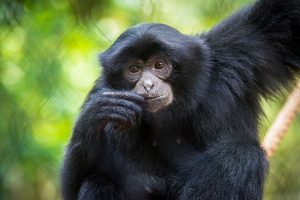
Three years after a forest fire in Brazil, there were noted increases in the sensitivity of insectivorous birds to the consequential changes in forest composition (Barlow et al, 2004). Hence, fires also displace numerous animal species that live within the forests, disrupting ecological interactions, like food-webs, that maintain biological processes (Campbell et al, 2014). Furthermore, correlations were found between burn severity and tree mortality rates after the wildfire, leading to significant changes in forest structure (Barlow et al, 2004).
The increasing frequency of wildfire events and the subsequent disturbance to the environment has the potential to cause unparalleled changes in the composition of tropical forest communities (Cochrane et al, 1999). Not only do fires severely impact the structure and quality of the flora, they decrease the species diversity of vegetation present in the forest and result in declines in abundancy of fruiting and flowering plants. Furthermore, they have knock-on consequences for the fauna inhabiting the forest. Animals are displaced, biological interactions and processes are disrupted and frugivore and bird populations decline. To reduce the large-scale environmental changes caused by wildfires, we must adjust our habits to slow the rate of climate change and moderate the impacts of global warming.
References:
Barlow, J. & Peres, C.A. (2004) Ecological Responses to El Nino-induced Surface Fires in Central Brazilian Amazonia: Management Implications for Flammable Tropical Forests. Philosophical Transactions of the Royal Society B, vol 359(1443):367-380
Campbell, N. Reece, J. et al (2014). Biology: A Global Approach. Pearson Education Limited. Tenth Edition.
Cochrane, M.A. & Schulze, M.D. (1999). Fire as a Recurrent Event in Tropical Forests of the Eastern Amazon: Effects on Forest Structure, Biomass and Species Composition. Biotropica, vol 31(1):2-16
Kinnaird, M.F. O’Brien, T.G. (1998) Ecological Effects of Wildfire on Lowland Rainforest in Sumatra. Conservation Biology, vol 12(5):954-956
Word Count: 499


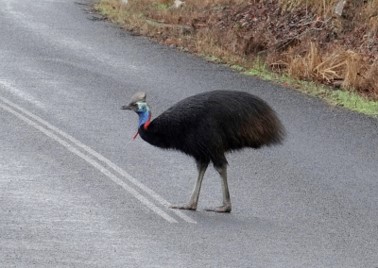
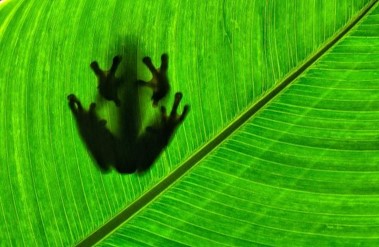
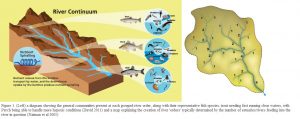
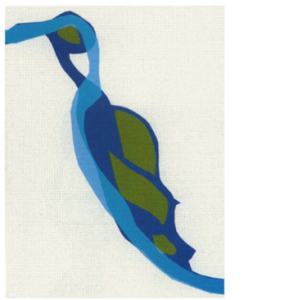
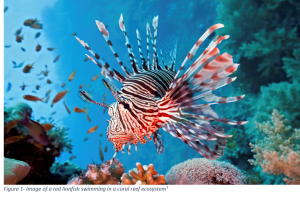
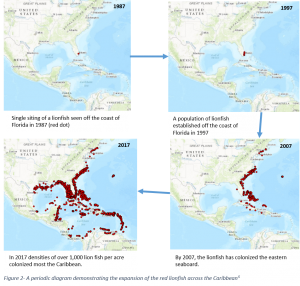
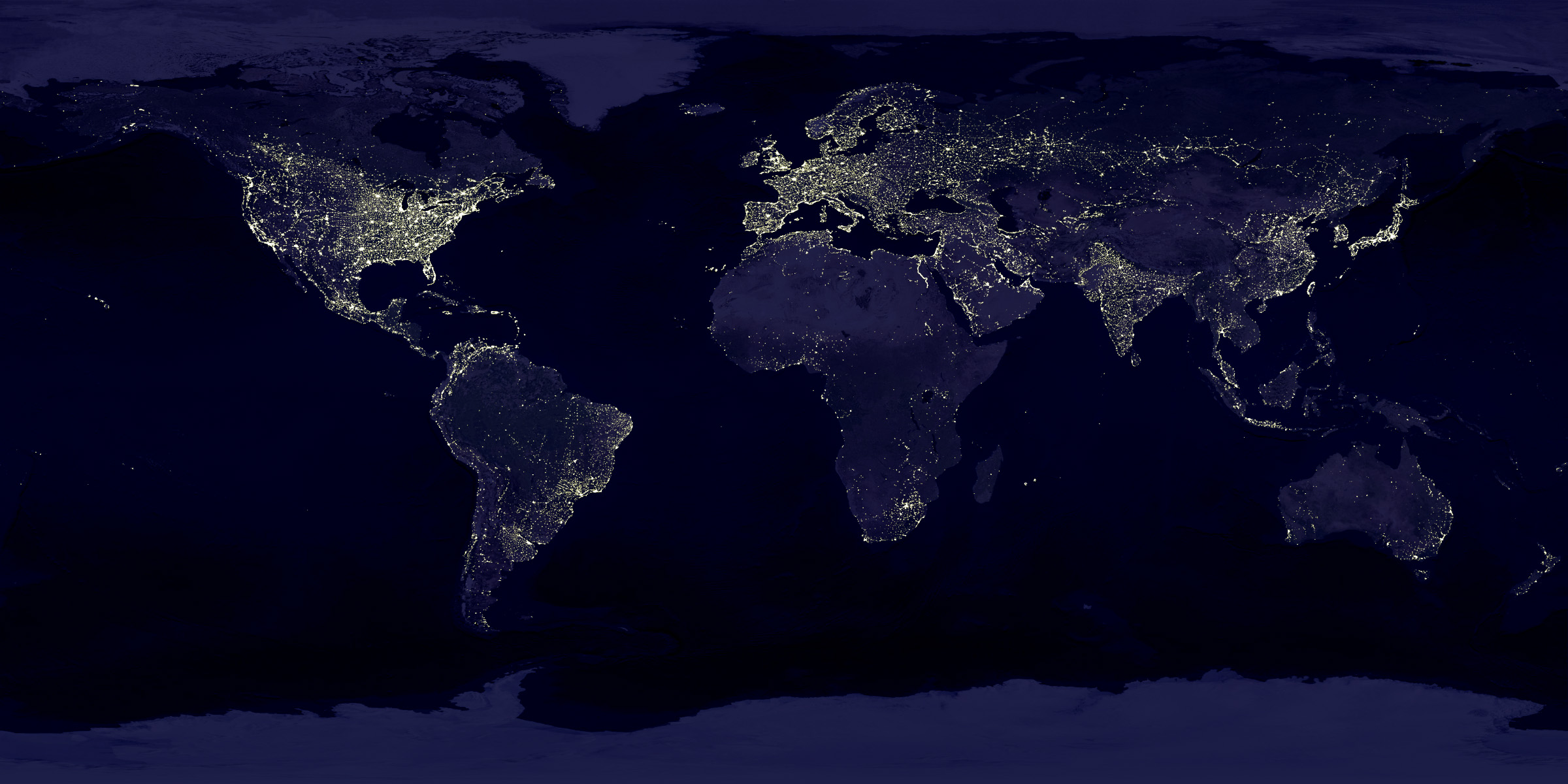
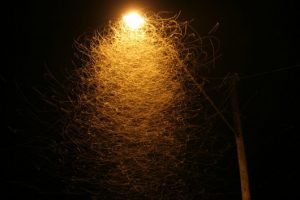






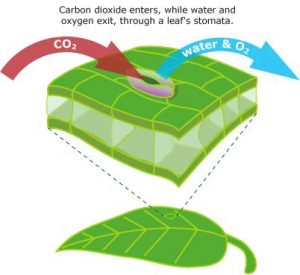
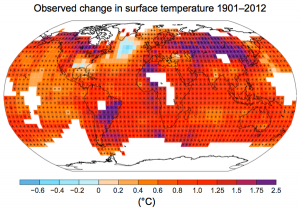
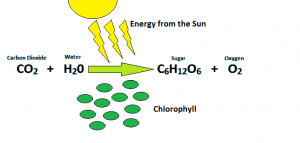
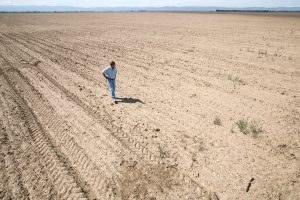

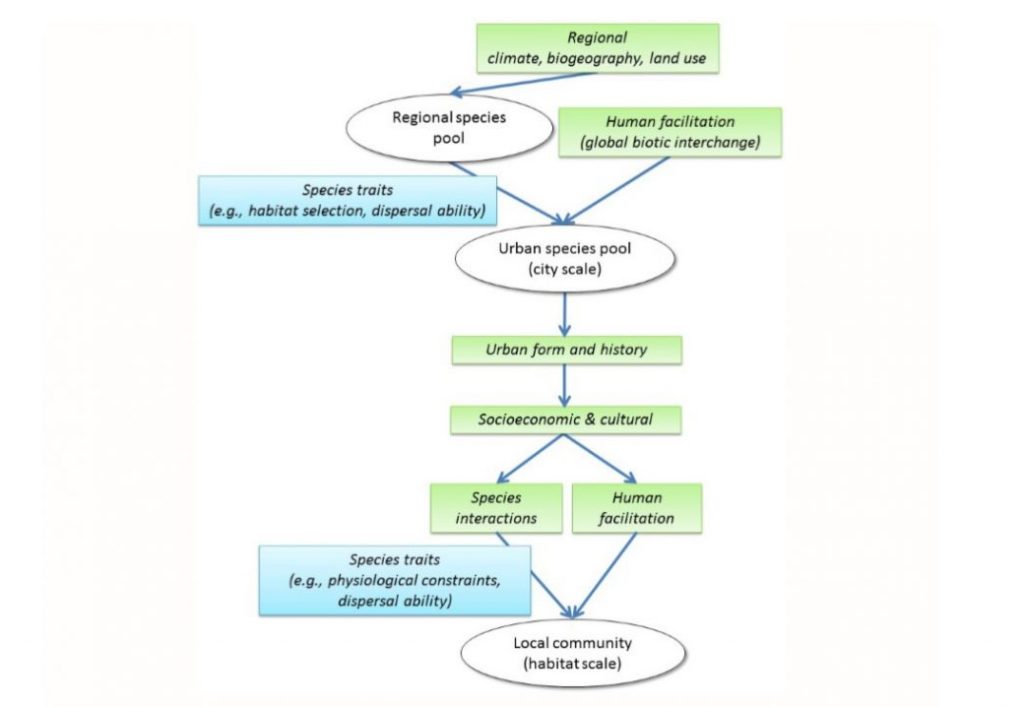
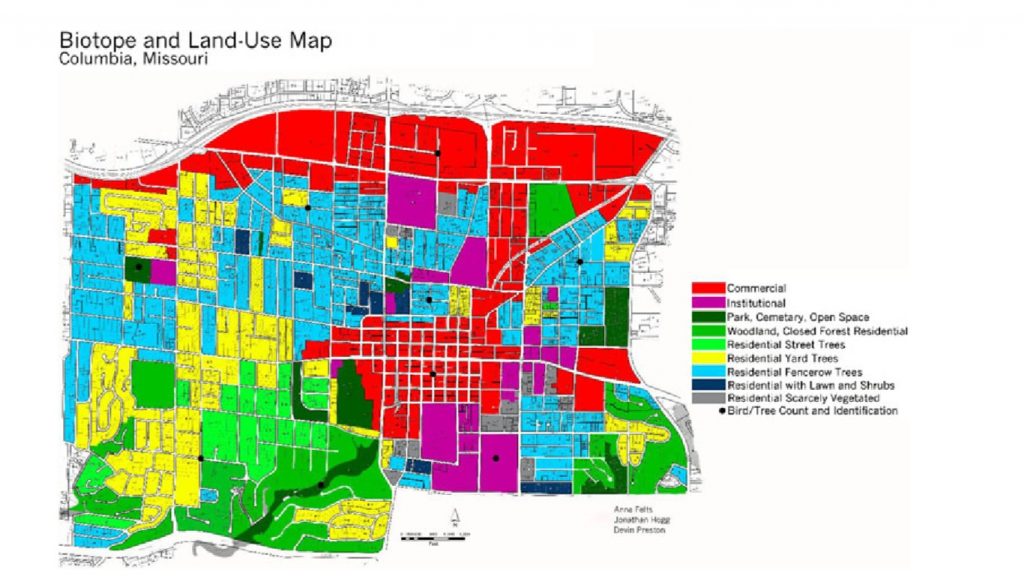
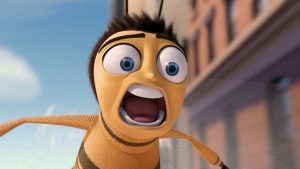
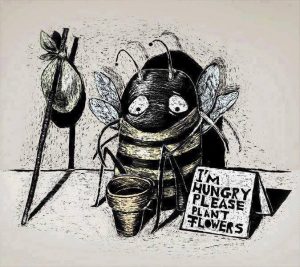
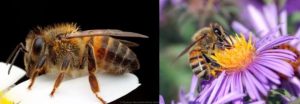

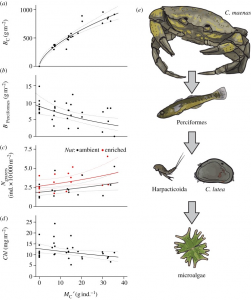
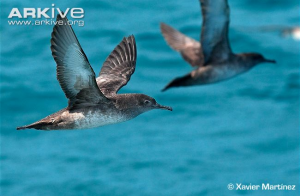
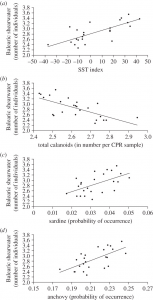
Recent Comments